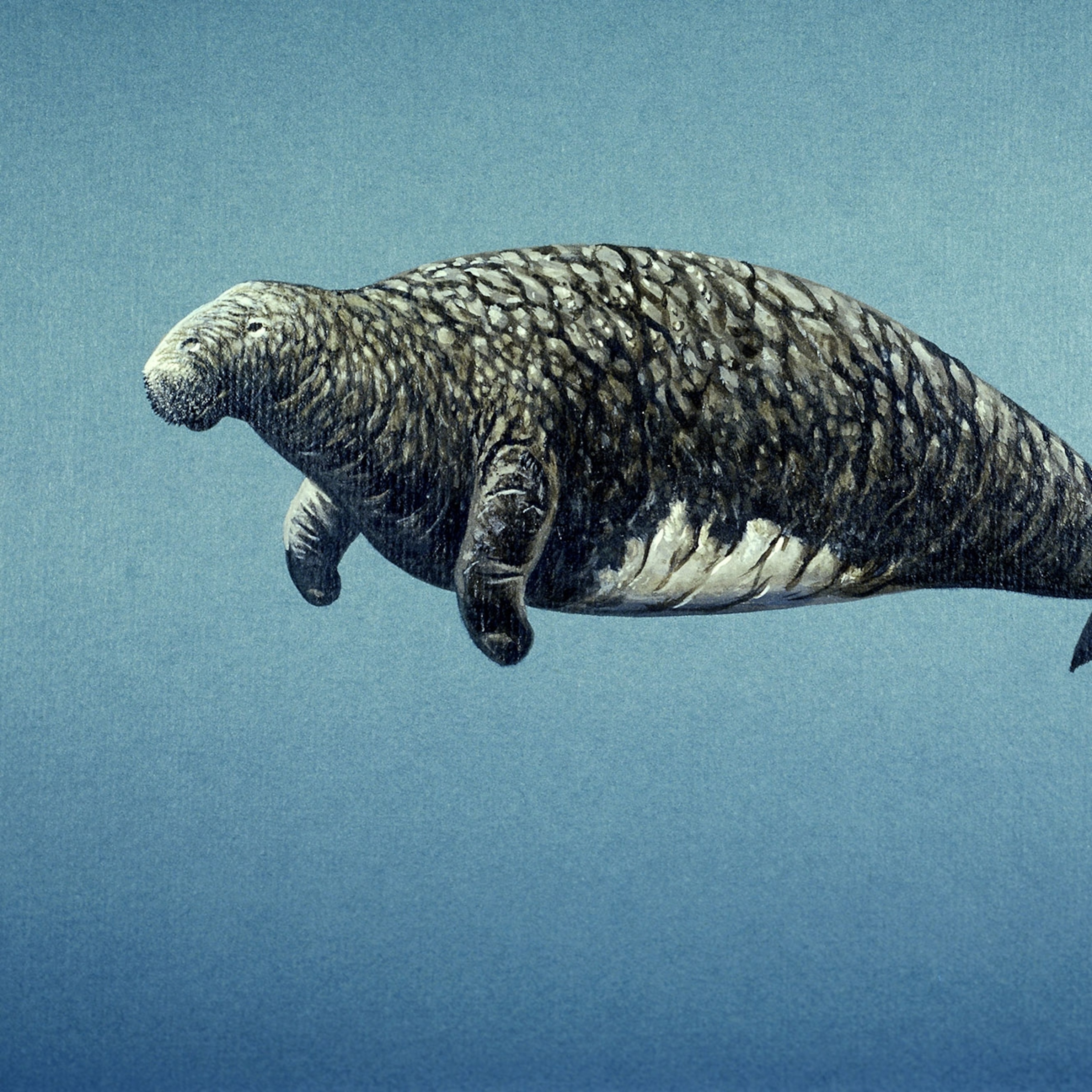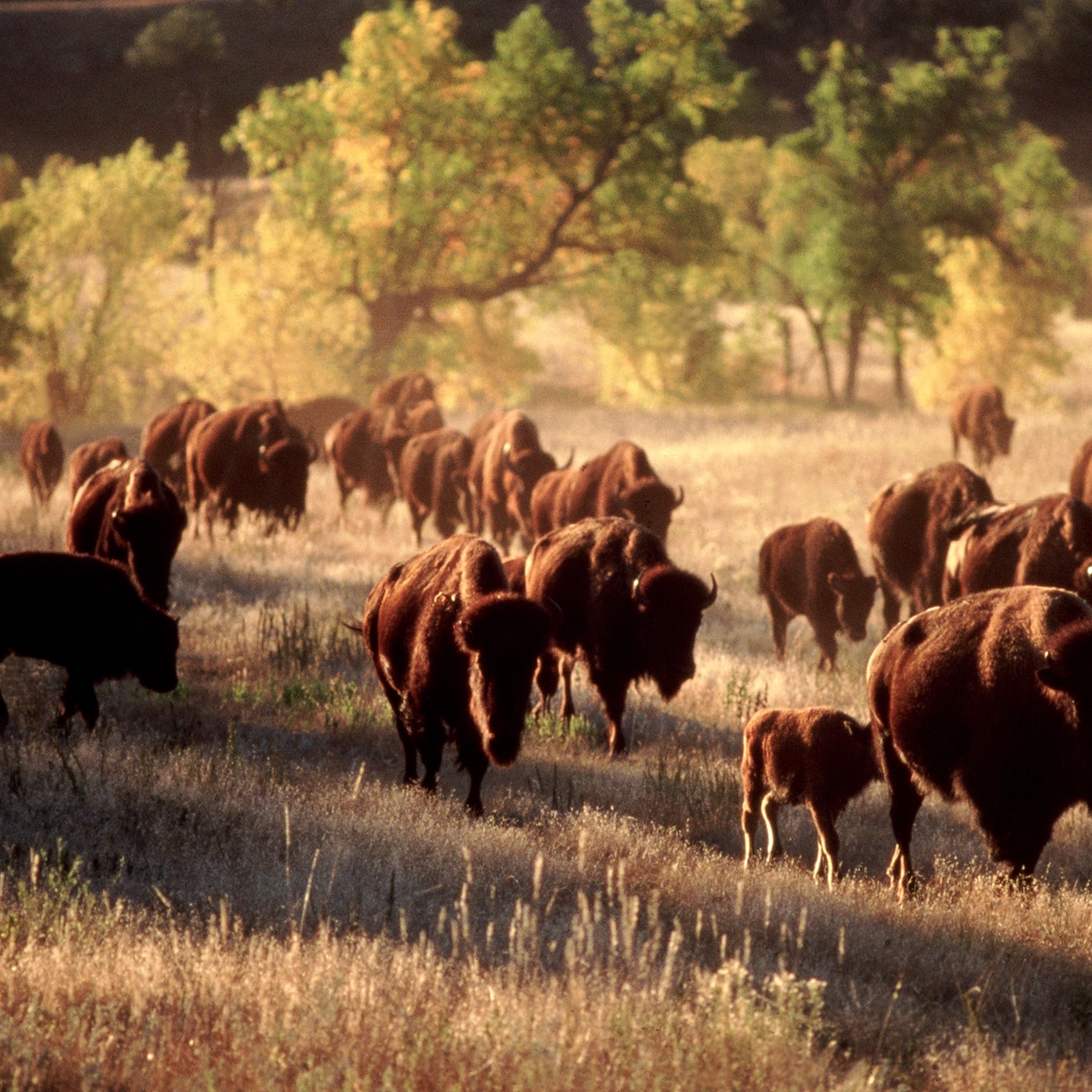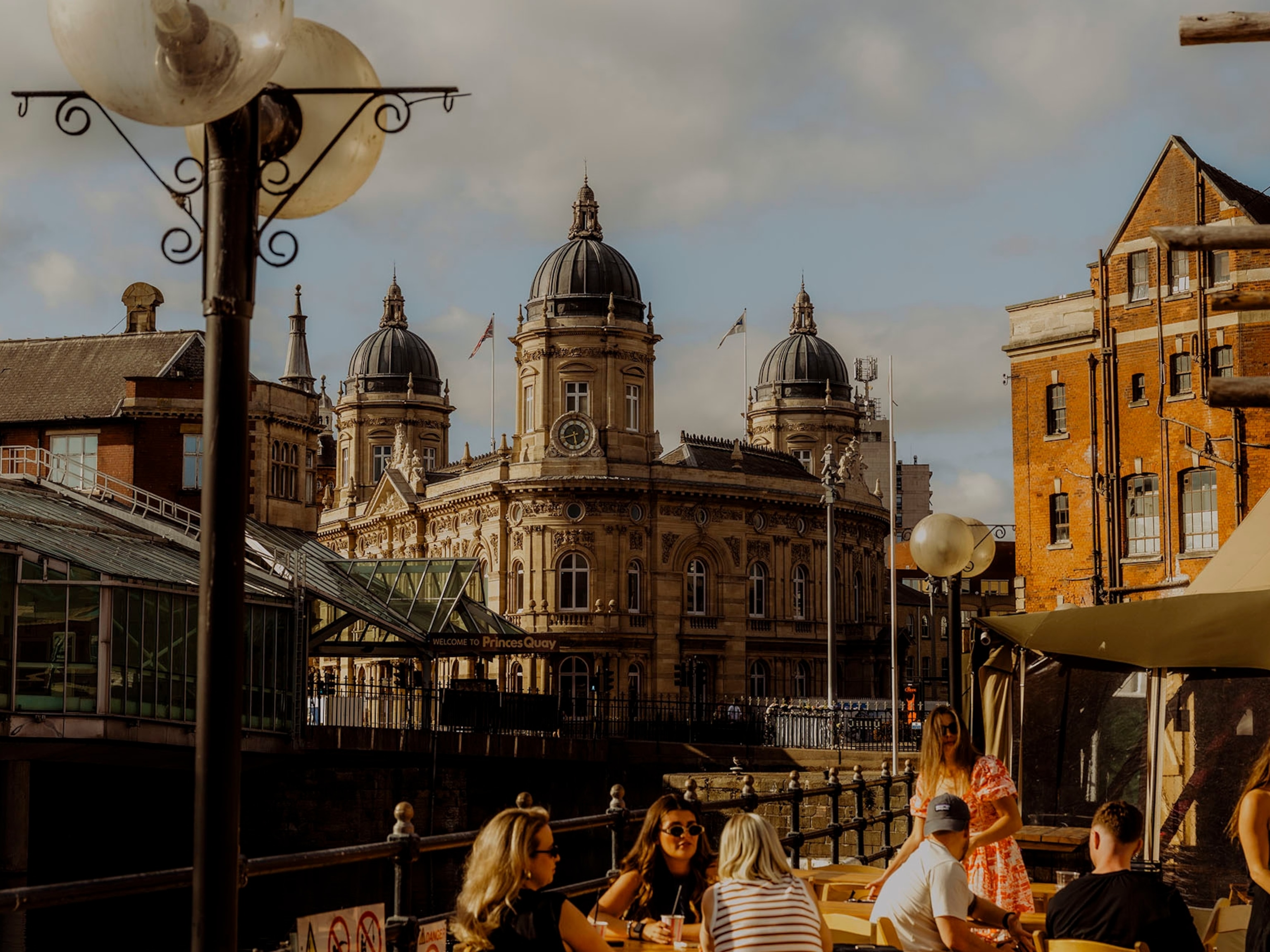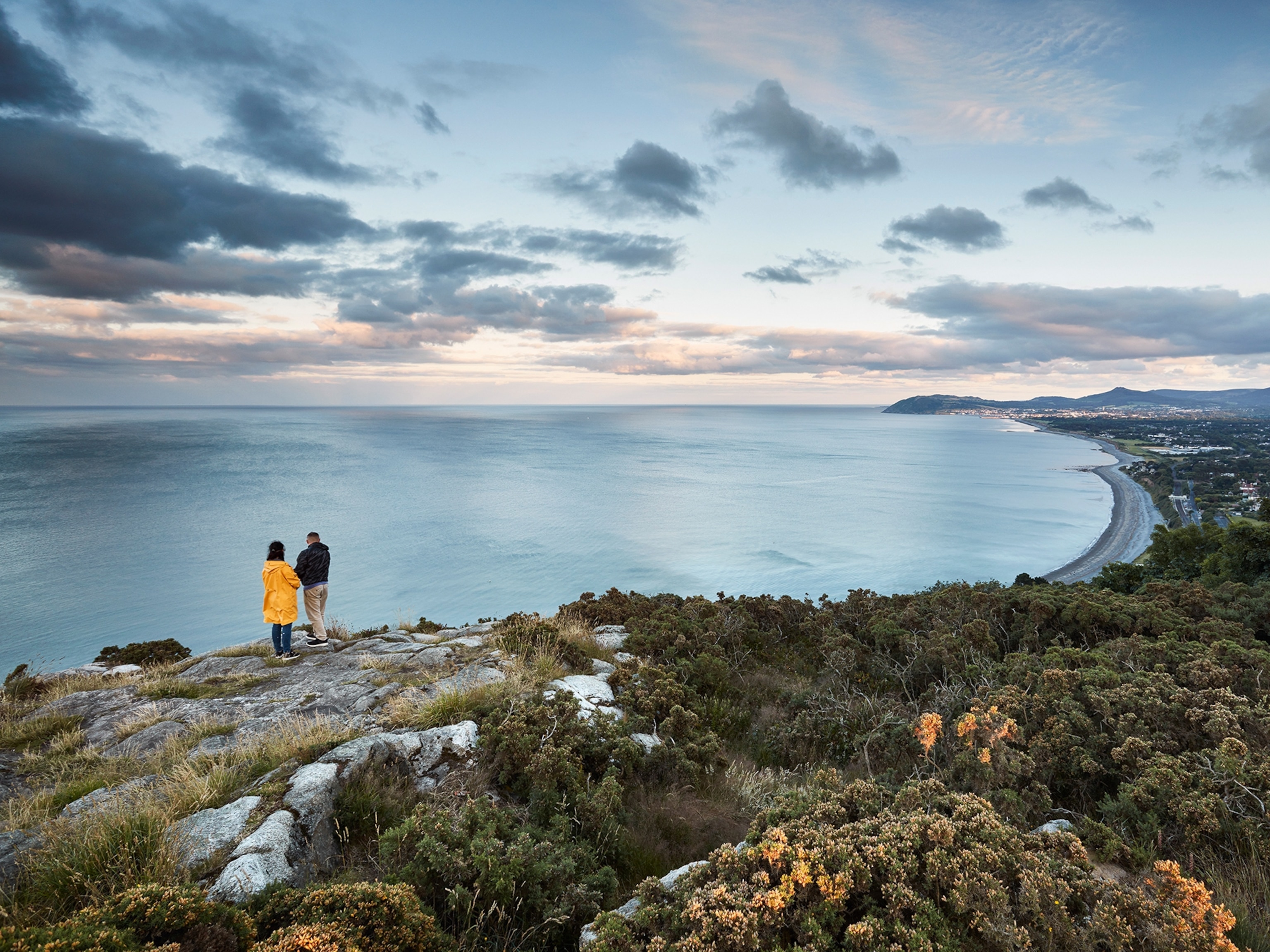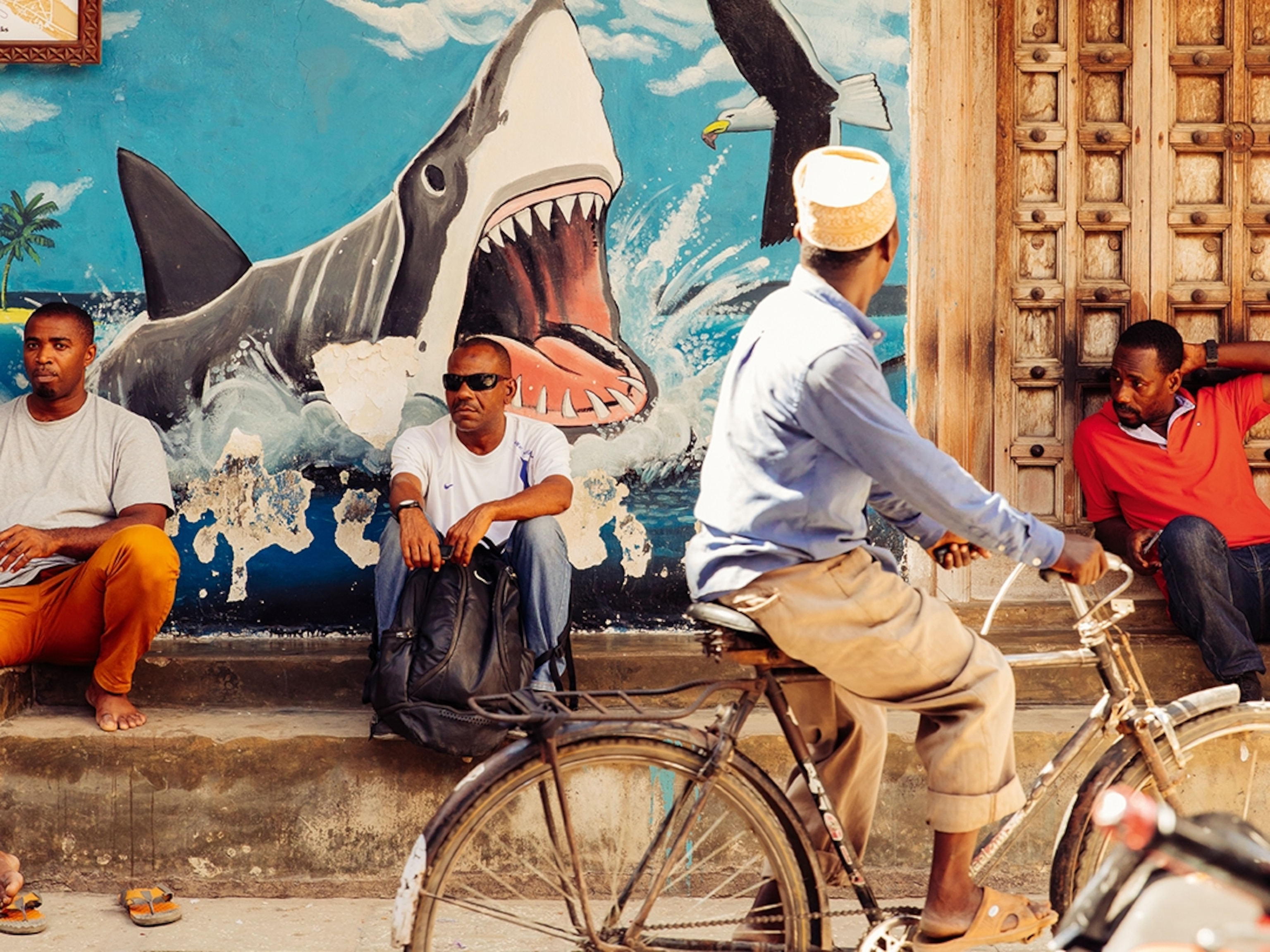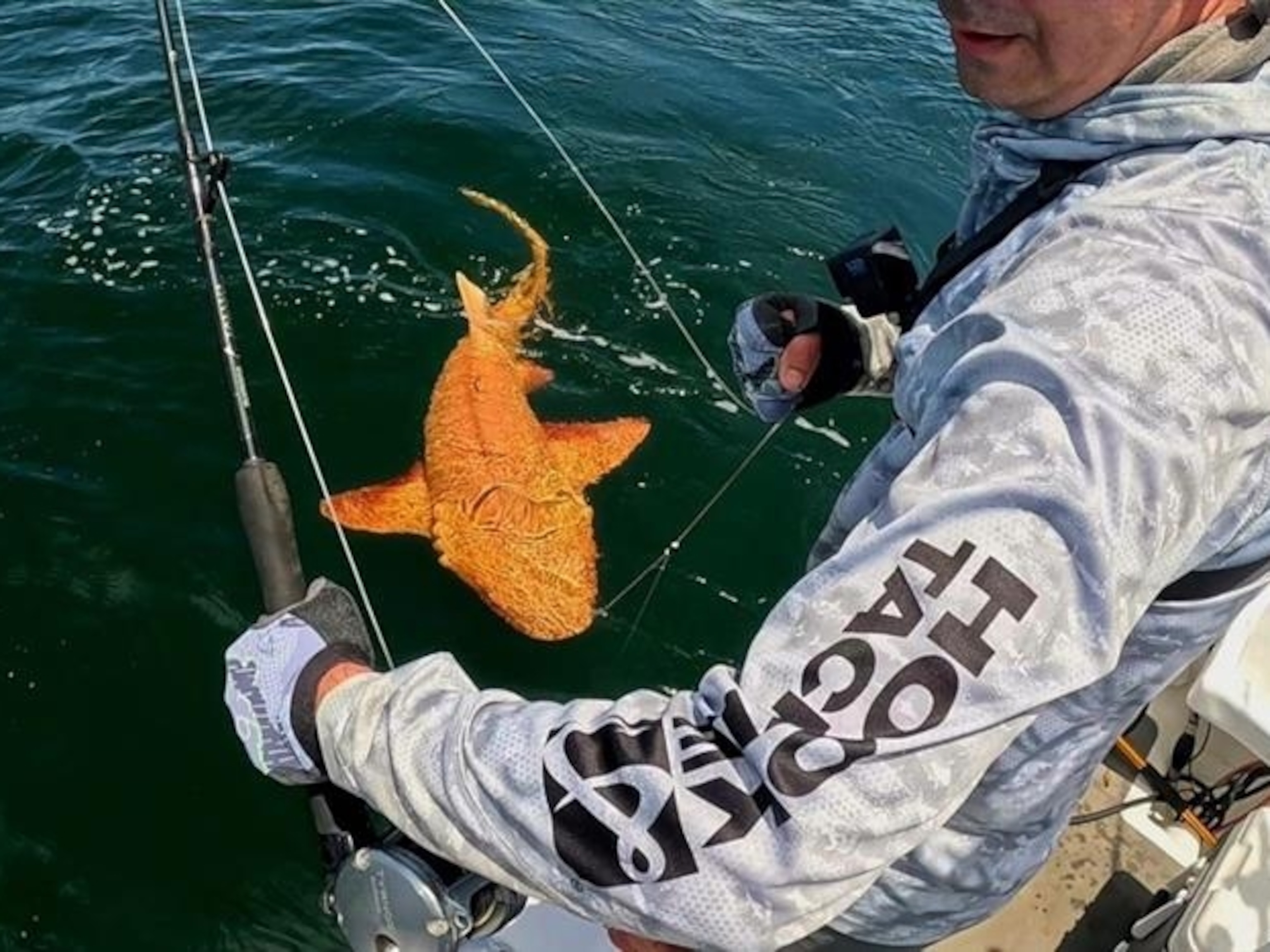
Fishing for Signs of Evolution in Mysterious Volcanic Lakes
To discover new fish species in the unexplored crater lakes of western Africa, a biologist battles dense jungle, bad weather, and leeches.
Cameroon’s crater lakes are little laboratories of evolution. These lakes are so isolated from the surrounding watersheds that they form “habitat islands,” which often harbor species found nowhere else in the world. In at least three of the lakes, cichlid fishes have evolved multiple species in a single lake. Remarkably, of the 34 volcanic crater lakes in Cameroon, most have never been studied by scientists, leaving potential new species undiscovered.
As a Ph.D. student at the University of California, Santa Cruz, I study speciation, the process by which new species emerge. I use Cameroon’s volcanic crater lakes as a natural experiment to study the evolution of cichlids. With funding from a National Geographic Young Explorers Grant, I set out to investigate these forgotten lakes, encountering bandits, botflies, and blackwater fever along the way. I kept telling myself that I’d either die on this venture or come out stronger than before.
My goal was to sample fish in the 10 lakes of Cameroon’s Southwest Region to develop baselines for further scientific study and conservation in the region. None of the lakes are protected, and many are threatened by human encroachment. Perhaps my discoveries could be used to create protections, or at least teach us what we could be losing.
Some of the lakes are extremely remote and rarely accessed—requiring a Herculean effort to reach them through thick jungles and dangerous terrain. One of them, Lake Edib, is in the middle of the Bakossi National Park, a 30,000-hectare mountain range that is completely undeveloped. There are no roads, few villages, and fewer people familiar with the forest in that area.
Even the locals don’t go to Lake Edib. I was perhaps the first person to reach Lake Edib in 30 years. I knew it would be a tough site, but had high expectations of finding new species, or possibly even an entire community of species new to science.
It took me five days to reach the lake. The first three days were spent on the back of a motorcycle-taxi as it wheeled through red mud. When the roads came to an end, I paused in the last shred of humanity, the small village of Muambong, to resupply, hire a guide, and have one last civilized meal before heading into the real bush.
There, I met the chief, and was invited to drink a beer in the palace and offered a bed for the night. The chief chose one of his favorite hunters, a young man who insisted I call him Star Boy, to accompany me on the upcoming trip. Together, we made plans for the trek, resupplied as best we could, and purchased garri (dried ground cassava), sugar, and peanuts. That’s about all that was available, and it would be our only sustenance for the next week.
That night the chief of Muambong invited me for a traditional Bakossi feast, where we ate the tribe’s most popular meal, Mpoop. Mpoop is made by mixing plantain flour with tadpoles, then pounding the mixture with a mortar and pestle, wrapping it in a cocoyam leaf, and steaming it until it turns into a bony, pudding-textured ball.

I had my doubts about the Mpoop, but knew I had to respect the chief and eat the traditional dish with a smile. So I spooned a heaping lot onto my plate and started to eat it. I’ve eaten a lot of weird stuff, but this may have been the strangest thing I’ve ever had. But I powered through, finished my plate, smiled, and thanked the chief. He exclaimed, “You must love Mpoop, Mr. Joe! Let me help you to some more.” Another mound of Mpoop plopped onto my plate. It was awful.
This was my last warm meal for the next week.
The following morning, Star Boy and I set out into the forest. We were overloaded. I carried my cameras, photo aquarium, gill nets, dip nets, D-net, and all the odds and ends you need in the field. Star Boy carried the traps, our food supplies, and my 20-liter jug of ethanol for preserving fishes. Star Boy’s dog trotted along beside us happily. We did not bring “nonessentials,” including tents, sleeping bags, towels, or a water filter.
Shortly after leaving the village, rain began to fall, and for the rest of the day we hiked through the rain forest in the rain. After a long day on the road, Star Boy and I spent that night in a hunting camp Star Boy knew and huddled for warmth around a meager fire until the morning came. It was still raining.
After a few more hours of hiking in the rain, and a total of five days on the road, I finally got my first view of Lake Edib from the crater rim. Lake Edib is beautiful: It’s tucked into a steep rocky crater and surrounded by virgin hardwood forests. Clouds produced by the trees rise up from the forest around the lake and fall into the crater, leaving the bottom shrouded in mist.
We had to hack our way down into the crater, and upon reaching the crater floor found ourselves blocked by elephant grass that was taller than I am. So we started pushing our way through the swampy grasses, and the water level began to rise. First, it topped our rain boots, then our belts, and before long we were chest-deep in the water, basically swimming through the bog. Finally we approached the edge of the open water and pushed the grasses aside to get a view of the lake itself.
The water was black and still, and I couldn’t have been more excited. I reached out and touched the water and watched the ripples spread out across the lake. I was pumped to be the first scientist to have the chance to sample the lake and turned back to my gear to start sampling. Then I looked down and realized I was covered with leeches.
Star Boy and I ripped the leeches off our legs, then helped each other pull leeches off the more obscure corners of our bodies. Then it hit me: I hadn’t yet begun my sampling, and I would be spending the next week at Edib, getting in and out of the water, and dealing with those nasty leeches. I suddenly became much less excited about sampling Lake Edib.

- National Geographic Expeditions
But for the next week, we fished and fished and fished. I sampled with traps, dip nets, D-nets, cast nets, and gill nets. I placed my traps around the lake edge and threw my cast net from the banks. I waded into the outlet stream and worked the vegetation with my dip net. There were no boats or canoes at Edib, so I swam my gill nets across the lake and checked them twice a day with mask and snorkel. I spent three days scraping the banks and lake bed to study the aquatic invertebrate community and collected hundreds of creepy crawlers. Every time I went into the water, I emerged with a fresh coat of leeches.
We camped on the lakeside, in the marsh. It rained every day, and most nights. We had nothing to eat except dried cassava, sugar, and peanuts, all of which ran out by the fifth night. We spent all week fishing, but we caught no fish. It turned out that Lake Edib was fishless.
While this was a disappointing and frustrating discovery, Star Boy and I made it back to Muambong safely. And with time, I began to reflect on my experience at Lake Edib.
Sure, it was miserable, but it provides a valuable data point in an otherwise unexplored region of the world. Moreover, of the nine volcanic crater lakes I sampled on this expedition, three were completely fishless. For some of these, I did not expect to find fish because the lakes were at high elevations and too isolated from other fish populations. But they teemed with other forms of life: frogs, dragonflies, diving birds, freshwater shrimp, and crabs.
And I did find fish in other places. In addition to the nine lakes, I sampled 33 rivers, and collected more than 3,500 fish specimens and approximately 10,000 aquatic invertebrates—making this the most extensive scientific expedition into the region to date. This collection gives scientists a baseline for further study of the Cameroon Crater Lakes ecoregion and will hopefully spur conservation efforts in the area.
As for me, I’m already planning my next expedition. Only 25 more lakes to go.
